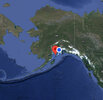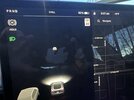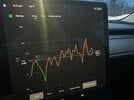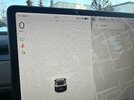XPsionic
Member
Do you use physical brakes at all on the drives with regen set to low? I don't think you'll notice any difference in wh/mi unless you're using more disc brakes, thus converting potential energy into heat.Regen does nothing for range. Same roads, same weather with regen low there is no difference at all in wh/mi. I’ve done a bunch of tests same drives.
I'd imagine that's for battery longevity and stable voltage and not only potential supercharging performance. https://www.sciencedirect.com/science/article/abs/pii/S0378775302006183At some pint there was an update that greatly increased the amount of “battery conditioning”
"Generally, both energy and power of the Li-ion batteries are substantially reduced as the temperature falls to below −10 °C. It has been reported that at −40 °C a commercial 18650 Li-ion battery only delivered 5% of energy density and 1.25% of power density, as compared to the values obtained at 20 °C [6]. In addition, significant differences in the cycling performance has been observed. At low temperatures, a Li-ion battery can be normally discharged, while the reverse charging process is rather difficult"








